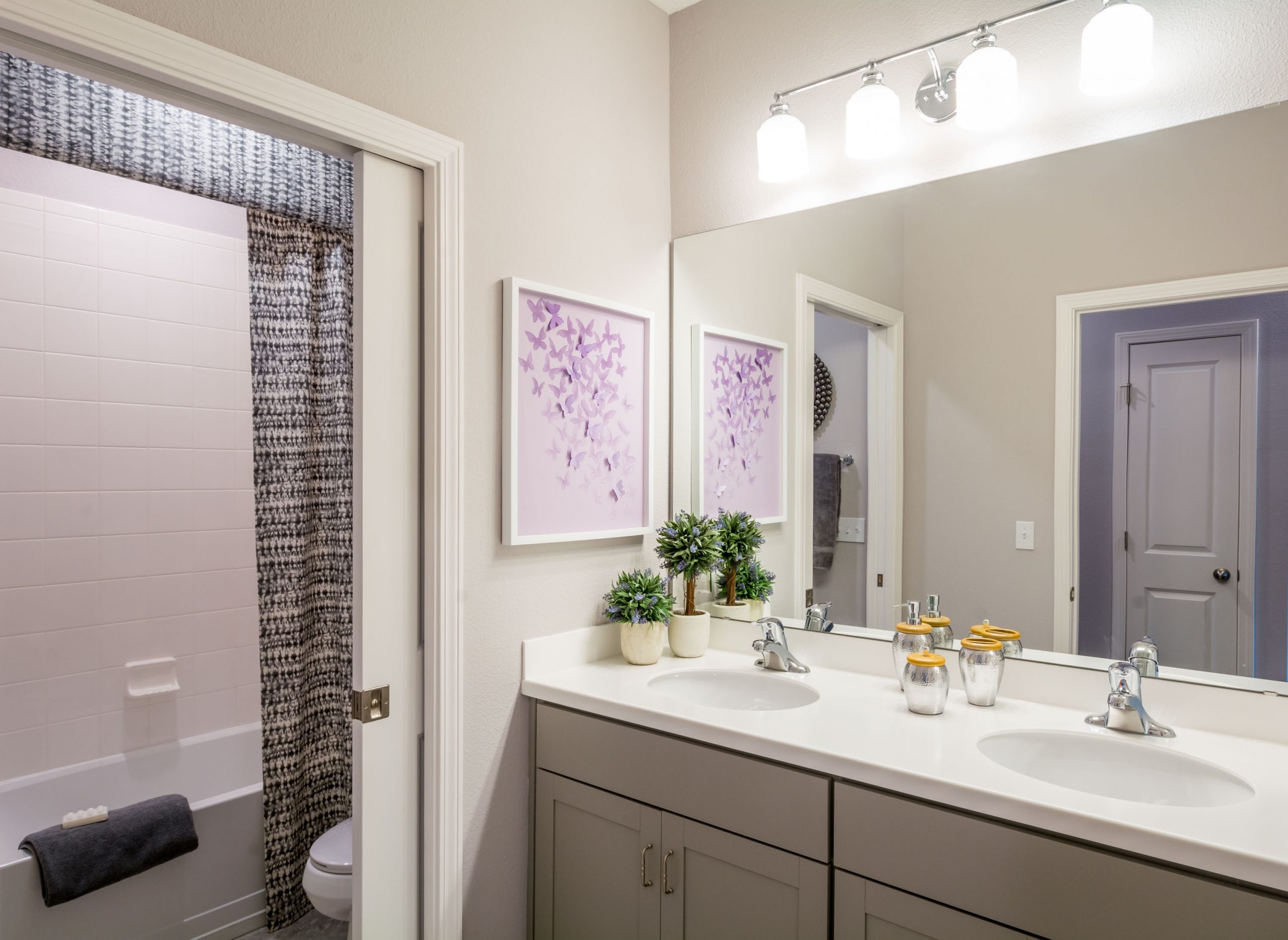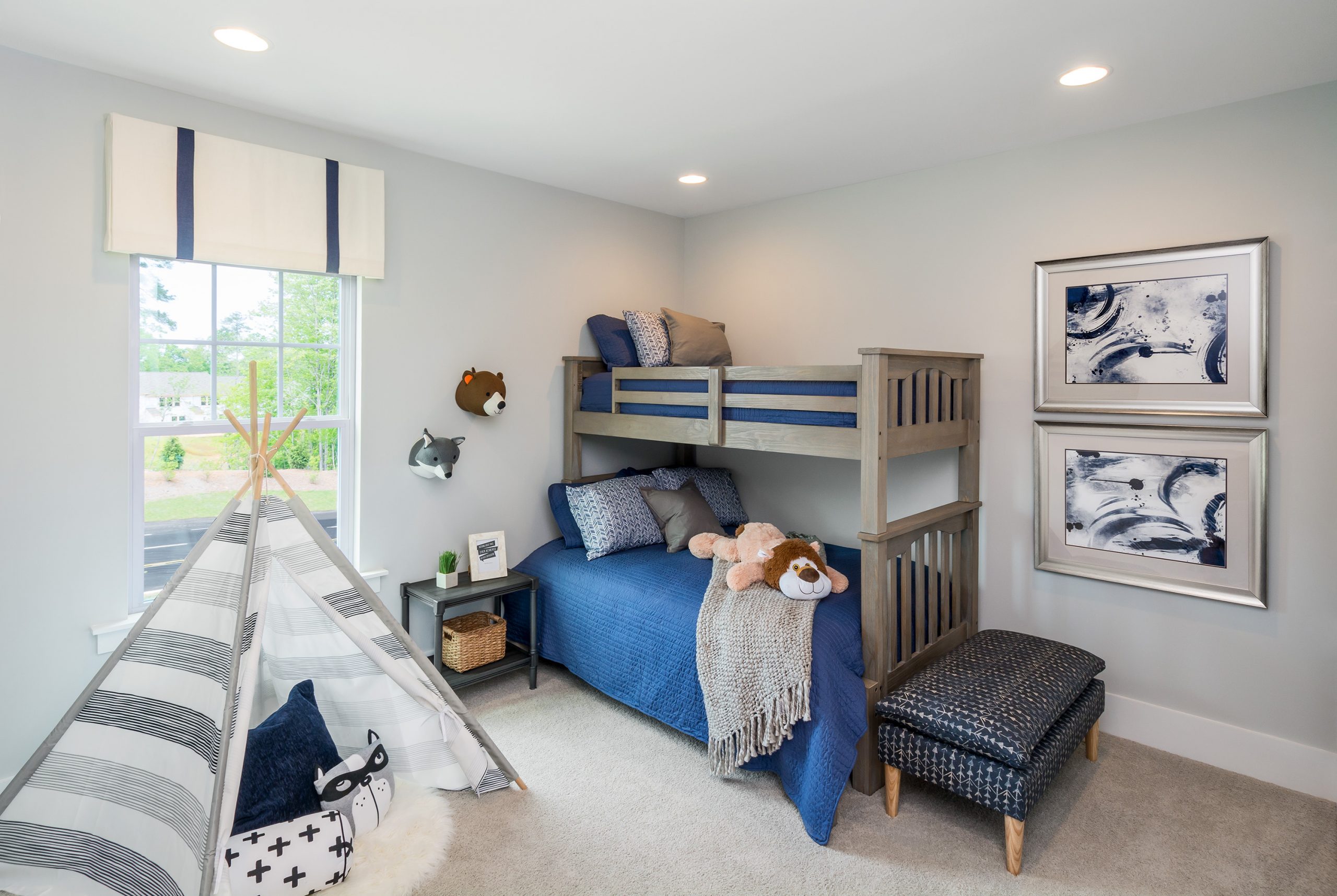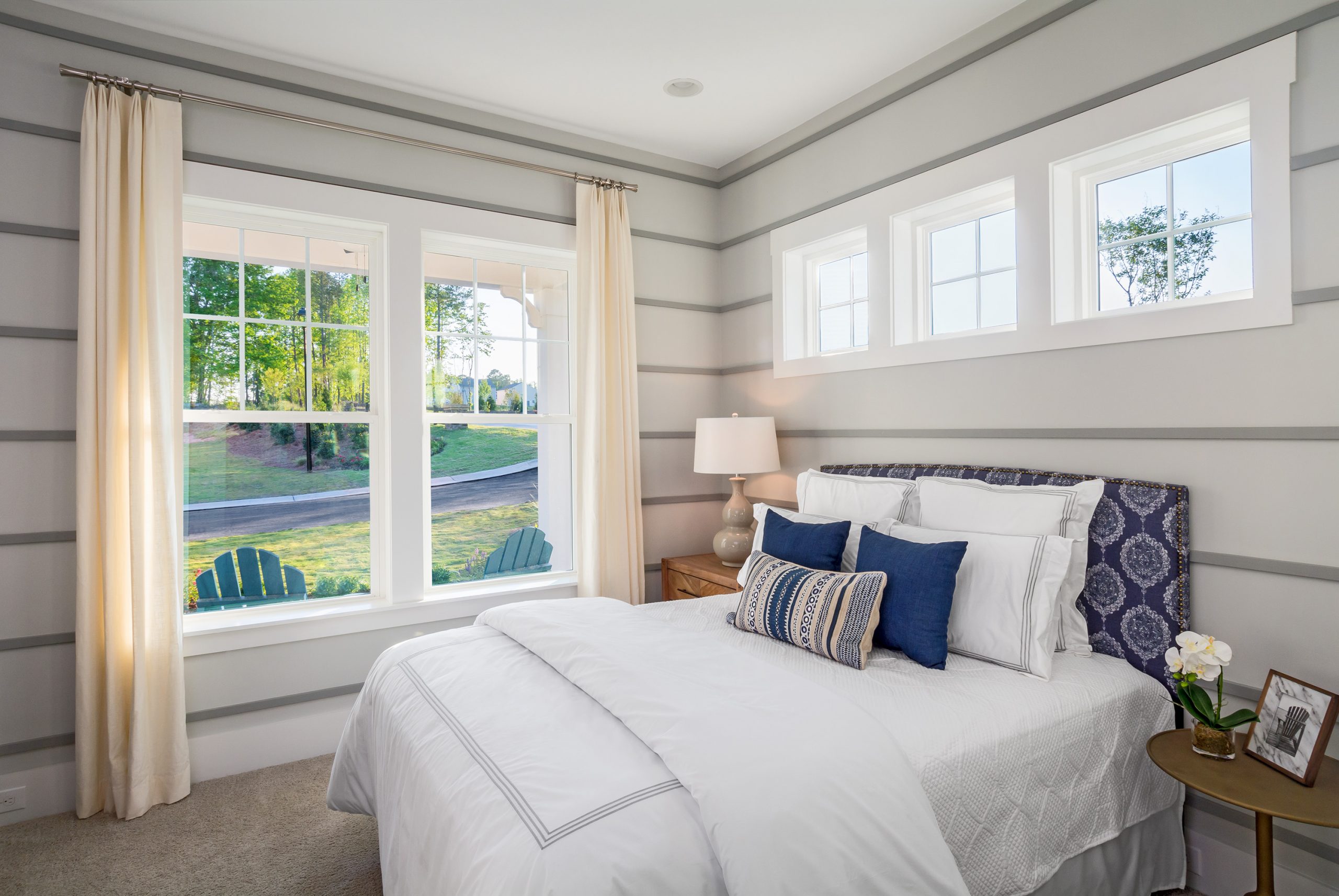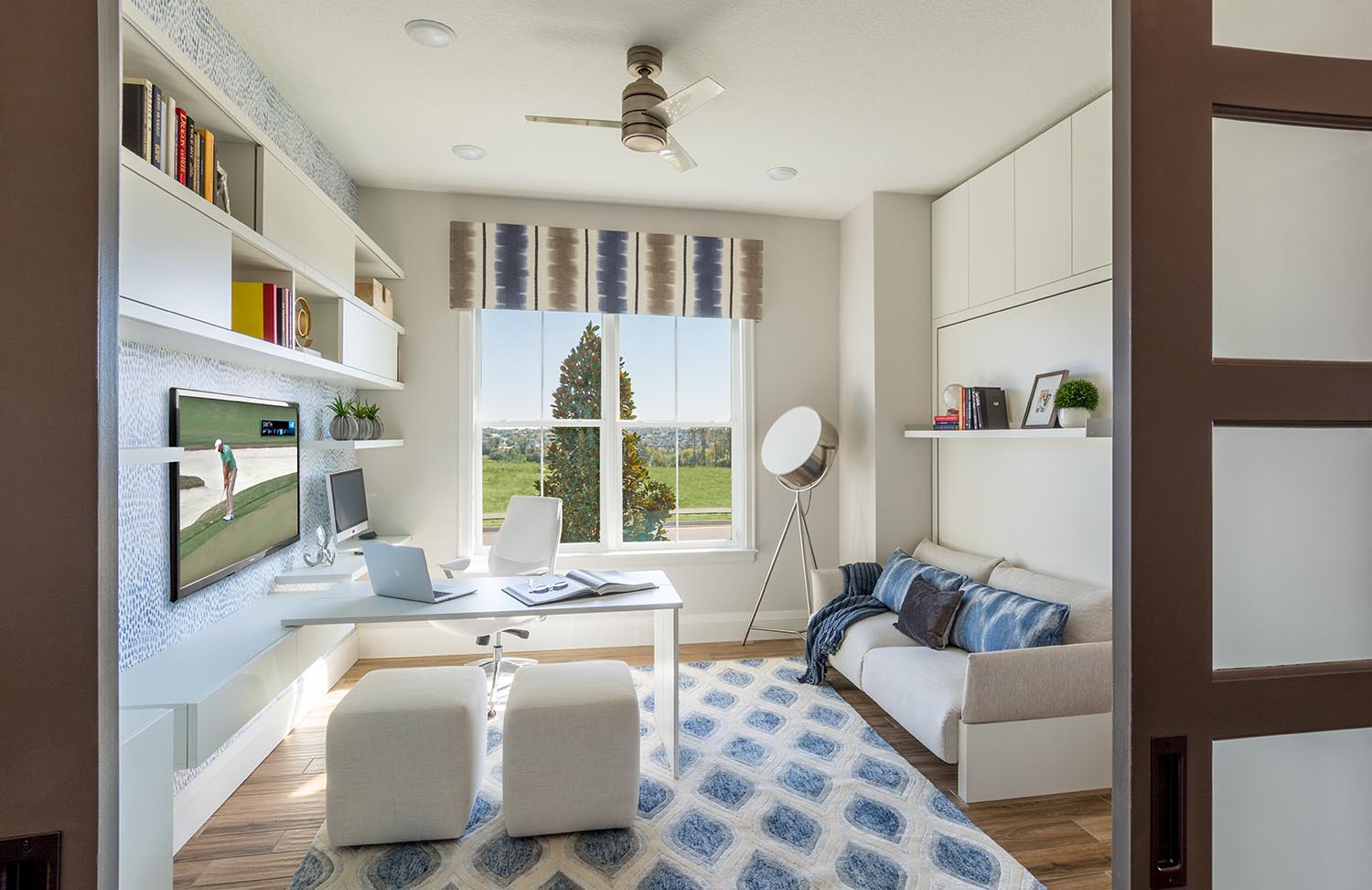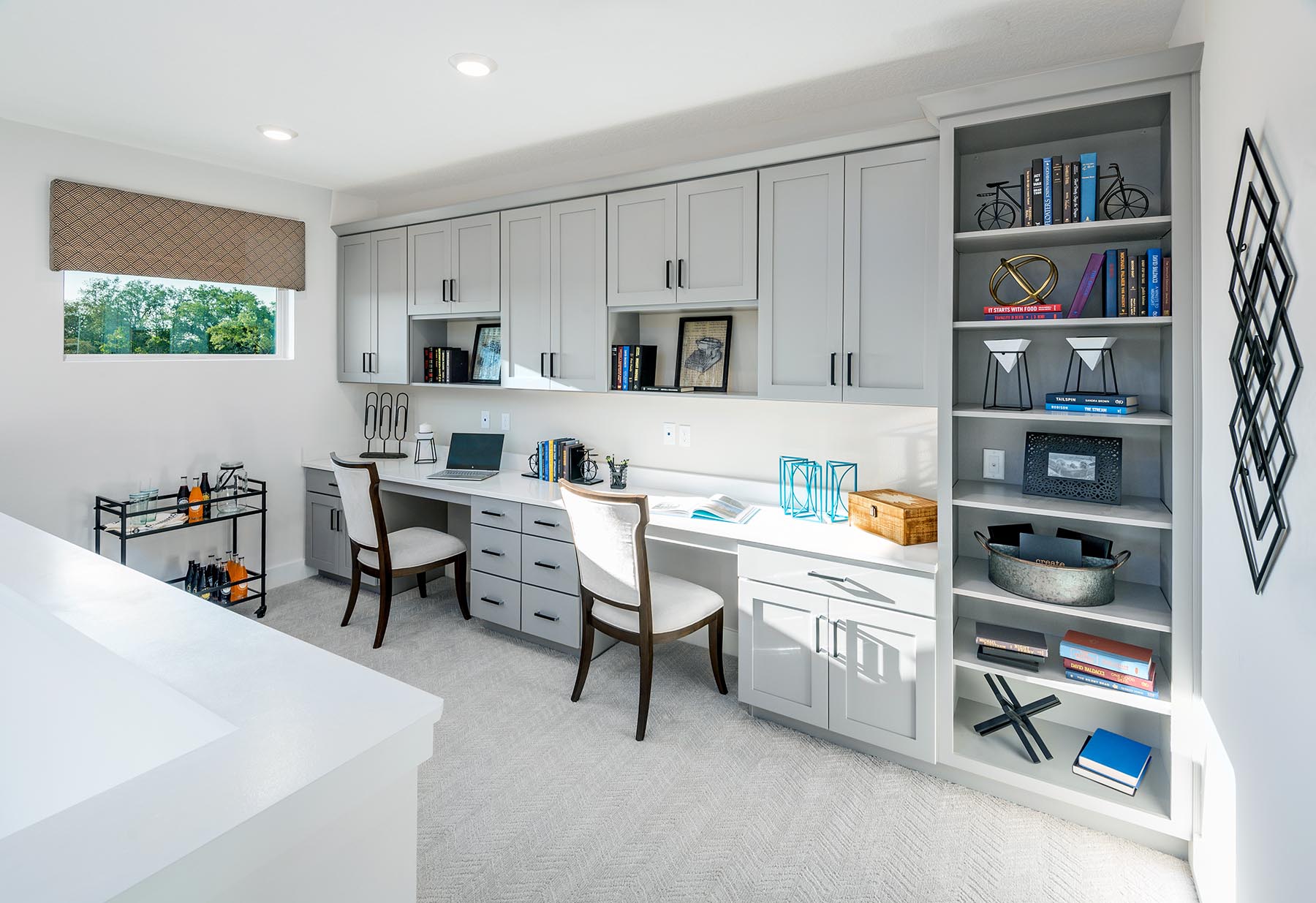October 18, 2021
Designing for the Now and Later
Let’s face it, we can’t predict the future. But as designers, we are always trying to anticipate what’s next in the lives of homeowners we don’t even know. Sounds even more impossible.
I recently had a conversation with a young mother with two toddlers. She told me that she wished the kids’ bath in her home was more accommodating – the vanities are too tall and there’s nowhere to sit while she bathed the children. She was advocating for a big open room with the bath in the middle across from the sinks. She wanted two heights for the sinks and a large tub on a platform, giving her a place to sit while bathing the kids. The toilet could be in its own room, and she was considering a juvenile toilet like at the preschool. Wouldn’t that make potty-training easier?
These are all great ideas for now. But what happens as the kids get older? Can you raise up the lower sink? Hopefully her builder talked her out of the juvenile toilet, but what about the bathtub in the middle of the room? Since her children were young, they were perfectly fine bathing together and running around the house naked. That changes quickly!
The compartmented bath
As these youngsters approach puberty, modesty sets in. Suddenly this very open, once functional bathroom is unusable if one child takes a bath. Hopefully not a bubble bath! This would mean the other child can’t use the bathroom at all. No brushing their teeth or their hair and, in this layout, they couldn’t even access the private toilet.
As a mother of three, I have lived this transition. And as a working mom, I also know that getting ready for school in the morning and ready for bed at night are two stressful periods in the day. In the morning, slow moving, sleepy children still need to get ready. Having a compartmented bathroom with the sinks in a separate room allow one or two kids to brush their teeth while the other one uses the toilet or the tub. The modesty factor has been neutralized.
The fourth bedroom
Our family house had four bedrooms – one each for our two sons and one for guests. Then we had a third child – a girl. No worries – we put the boys in a bedroom together with bunk beds and our daughter in the third bedroom with a crib. That worked great for several years until the boys’ sleeping habits became an issue. Hunter was a sleeper – Austin not so much. Austin got a lava lamp for Christmas and wanted it on to fall asleep to. Hunter wanted darkness. After just a couple of nights of arguments, we moved Hunter, the oldest, into the guest bedroom and peace was back in our household. Guests? Well, there was a nice hotel in the area.
The lesson for us was flexibility. When we first built, I didn’t anticipate a third child (my husband did – but that’s another story). We also didn’t anticipate how different our boys would be – even if they we only two years apart.
Flex room vs formal dining room
We lived in our family house for 25 years. During that time, we saw lots of changes. One change was our dining room. It was beautiful, but seldom used for meal service.
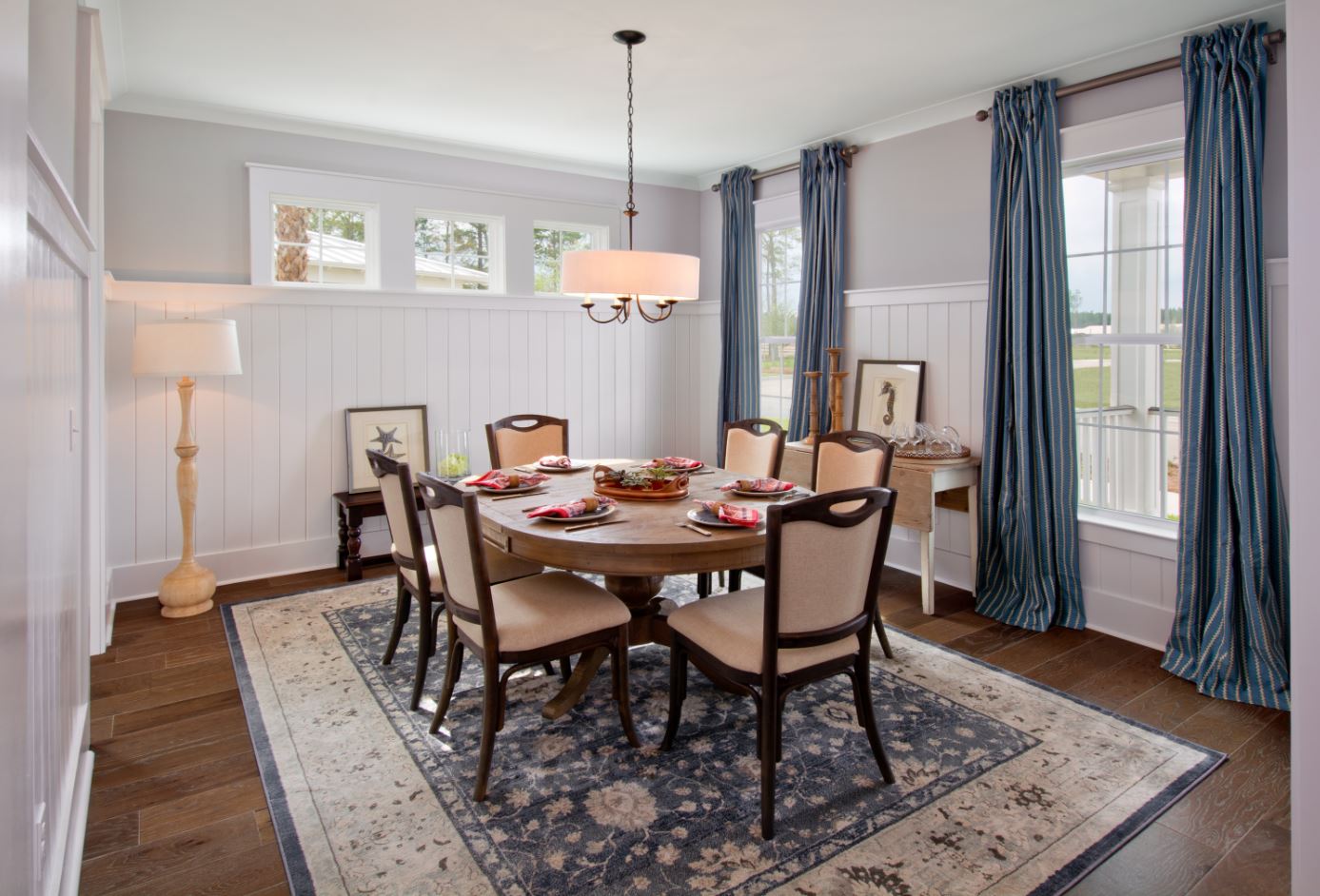 Instead, the dining room table became a great horizontal surface to collect things. More projects rather than clutter. I remember one time my husband invited some out-of-town guest over for Sunday morning pancakes. Cool – except we needed the dining room to seat everyone. The table was covered in computers that Guy had been working on. You should have seen us scramble to unearth the table prior to their arrival. Yet another lesson on the importance of flexibility. While we hadn’t yet determined we needed two home offices – our formal dining room was so infrequently used as intended that it became everyone’s work space.
Instead, the dining room table became a great horizontal surface to collect things. More projects rather than clutter. I remember one time my husband invited some out-of-town guest over for Sunday morning pancakes. Cool – except we needed the dining room to seat everyone. The table was covered in computers that Guy had been working on. You should have seen us scramble to unearth the table prior to their arrival. Yet another lesson on the importance of flexibility. While we hadn’t yet determined we needed two home offices – our formal dining room was so infrequently used as intended that it became everyone’s work space.
What other changes in families can designers and builder anticipate?
Hard to say. After all, no one anticipated the Covid 19 lockdowns and the need for three or more work/school-from-home spaces. How about the changes that zoom meetings had on our home’s acoustics? We can only be flexible.
Back to our young mother. She was super stressed trying to work from home while caring for two young children. She was determined to solve for today’s traumas and wasn’t considering the future. Of course, how could she anticipate that of which she had no knowledge? That’s where communication and guidance come in to help buyers find the solutions for both today and tomorrow.
Categorized in: Design Solutions from a Working Mom's Point of View
This post was written by Housing Design Matters


